How to effectively use MyLead's Offerwall in a mobile game or app?
MyLead provides an Offerwall feature, which presents new avenues for monetization. This piece delves into the strategic utilization of Offerwall within mobile games or apps. We’ll explore its benefits in this context and provide actionable tips for effective implementation. Drawing from both theoretical insights and real-world experiences of one of MyLead’s partners who integrated Offerwall into their game, we’ll dissect its practical applications.
Benefits of using Offerwall in a mobile app or game

In the realm of mobile entertainment, sustaining user engagement while implementing effective monetization strategies is crucial. Offerwall emerges as a valuable tool in this regard. Let’s explore the advantages of integrating Offerwall Rewards into mobile games and applications:
- Enhanced user retention: Offerwall incentives players to revisit the game by offering engaging tasks, resulting in a significant 40% boost in retention rates.
- Monetization of non-paying users: By leveraging Offerwall, you can generate revenue from players who opt not to make direct purchases of in-game currency but are willing to invest time in completing various tasks.
- Increased eCPM (effective cost per mile): Offerwall has the potential to achieve a remarkable eCPM of up to $1500, attracting committed players and yielding substantial revenues for developers and webmasters alike.
- Alternative to intrusive ads: Unlike traditional ads that might disrupt gameplay and annoy players, Offerwall provides a non-intrusive approach by rewarding interaction. This not only avoids the pitfalls of misleading advertisements but also fosters deeper player engagement.
Case Study: Offerwall as a way to additional monet ization in a mobile RPG game
Let’s break down how MyLead’s Offerwall was put into action through a real-life example:
A game developer partnered with MyLead and decided to integrate Offerwall into their fantasy RPG mobile game. In this game, there are different kinds of in-game currency. There are “Coins” , which are easier to come by, and then there are “ Moonstones” , which are more valuable and considered hard currency.
It’s crucial that the in-game currency offered through Offerwall holds real value for players. Also, it’s important that players can’t exchange one type of currency for another, as this could discourage them from using Offerwall. For instance, if “ Diamonds' are the hard currency, and the players can also collect “Coins”, it’s vital that Coins can’t be traded for Diamonds. MyLead’s Offerwall provides the flexibility to customize the name, abbreviation, and even upload a logo for the hard currency, ensuring seamless integration with the game’s economy.
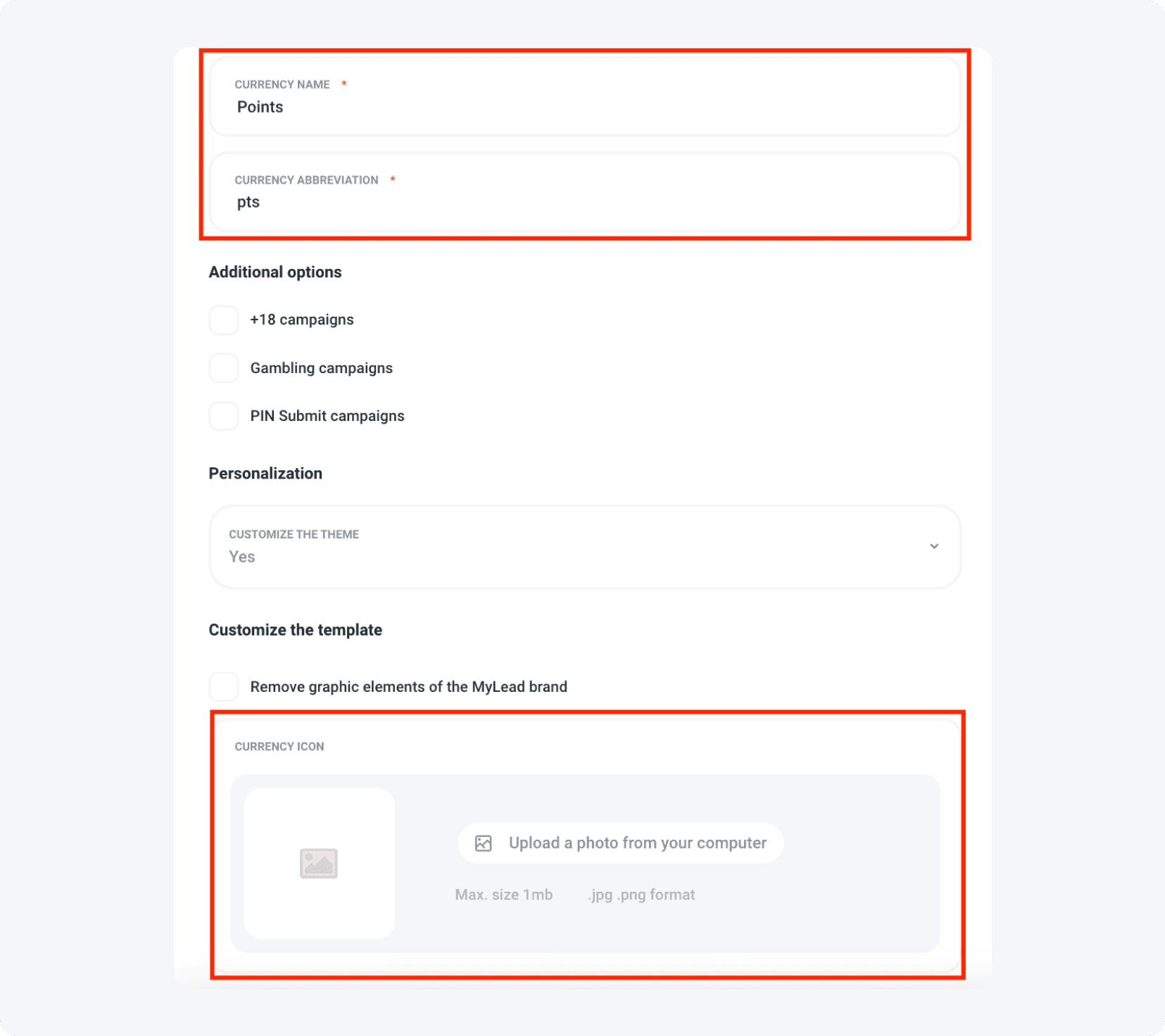
Let’s dive back into our case study. Alongside the occasional video ads that pop up during gameplay, the RPG game also makes money through in-app purchases. Here’s how it works: Players can buy crystals with real cash, and they can use those crystals to gear up their characters or level up their skills.
Now, when it comes to MyLead’s Offerwall, it’s strategically placed within the crystal store. Players can easily access the Offerwall by tapping on a prominent “free” button surrounded by crystals. Additionally, reminders to check out the Offerwall pop up during gameplay, especially when players are in need of more hard currency to advance through quests.

Certainly, where you put the Offerwall in your app is crucial for player engagement. Here’s where it’s best placed:
- Homepage: When players first enter the game, they land on the homepage. Since everyone sees this, it’s the perfect spot for the Offerwall to get maximum exposure.
- In-game Store: Players who visit the in-game store are usually serious about getting more currency. By placing the Offerwall here, you offer them a chance to earn currency without spending real money.
- Pop-up Reminders: Use pop-up windows strategically to remind players about the importance of having enough currency. For instance, when they lack diamonds to access a location, a pop-up suggests using the Offerwall to earn the needed currency. These reminders can also appear when their diamond hits zero.
When players in our partner’s click on the “ Free” button, they’re instantly directed to a customized Offerwall that seamlessly blends into the game’s interface.
It’s crucial to ensure that the Offerwall looks like a natural part of the game. This might sound obvious, but integrating it smoothly into the app’s interface and overall design significantly boosts user engagement.
Moreover, our tool offers a wide array of customizable appearance options, making it simple to visually align options, making it simple to visually align with any application.
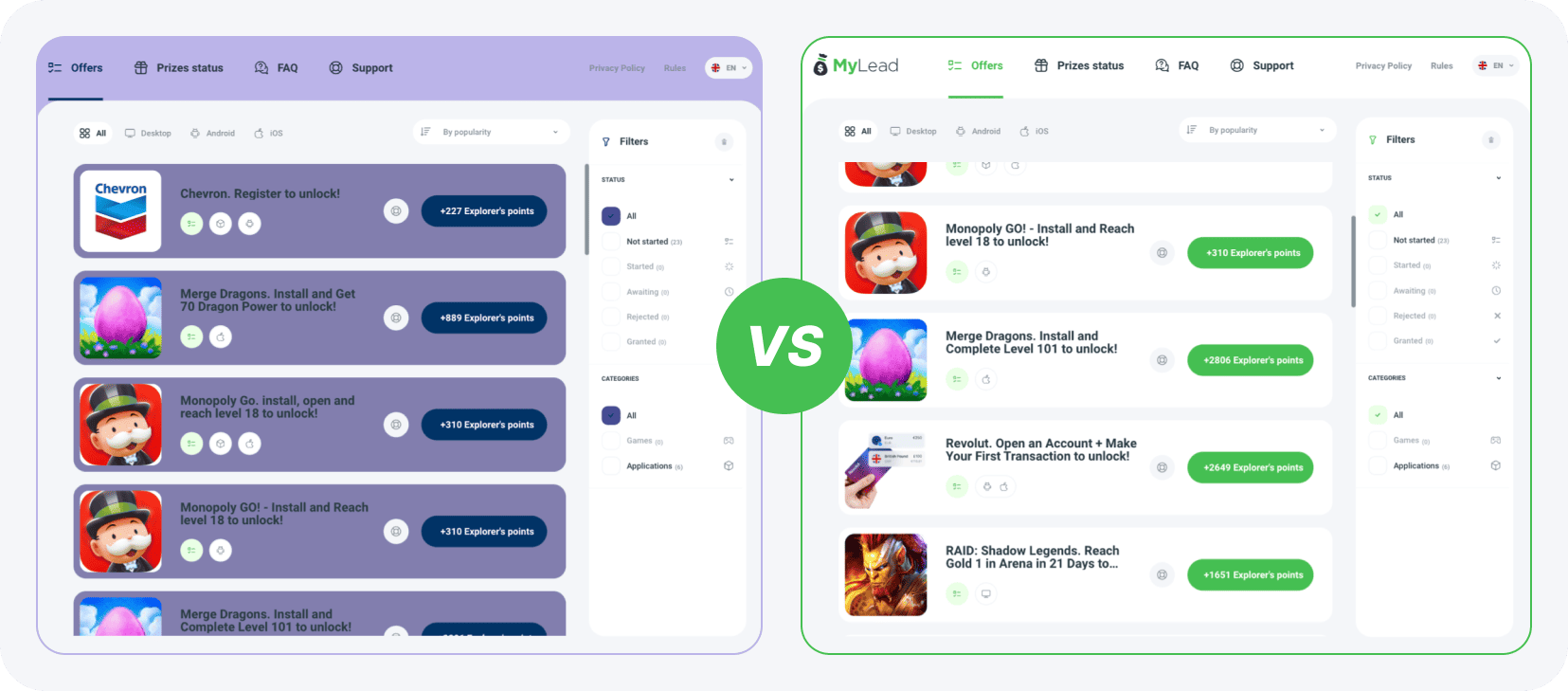
Choosing the right offers for the Offerwall is crucial for maximizing revenue. Our system carefully selects offers based on various factors like the user’s location, which can impact the effectiveness of promotions. Our script handles this selection process automatically, ensuring optimal campaign choices.
While you have the freedom to manually select offers based on your preferences, we suggest sticking to automatic campaign selection for its flexibility and customization options tailored to individual preferences.

The best offers for the Offerwall are CPI (Cost Per Install) offers, where users just need to download an app, and CPA (Cost Per Action) offers, where users need to register for something.
Games, especially those that reward players for reaching certain levels, are particularly effective. For instance, Multilead rewards players for progressing in the game, which boosts leads. Offers from mobile and desktop games with clear conversion points, like reaching a specific level, also work well.
Additionally, sweepstake offers such as SOI (Single Opt-In) and DOI (Double Opt-In), where players only need to provide their email address, can be added safely.
In our case study, the Offerwall includes offers from other games, mobile apps, and web browsers. For example, one task involves installing and completing another game up to level 60, which earns players over 72 points.
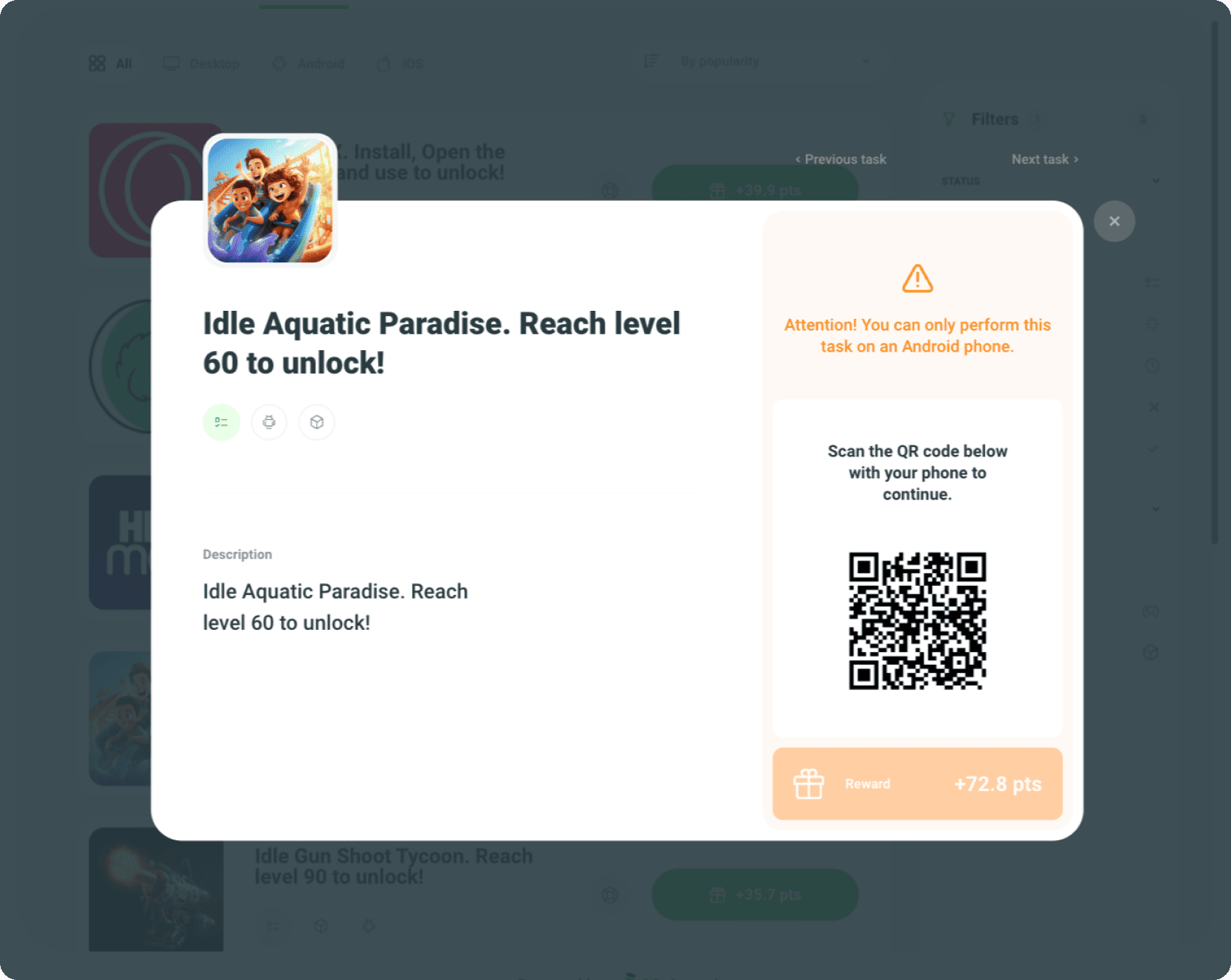
Instead, for a simpler task, such as installing a web browser, the reward is less than 40 points.
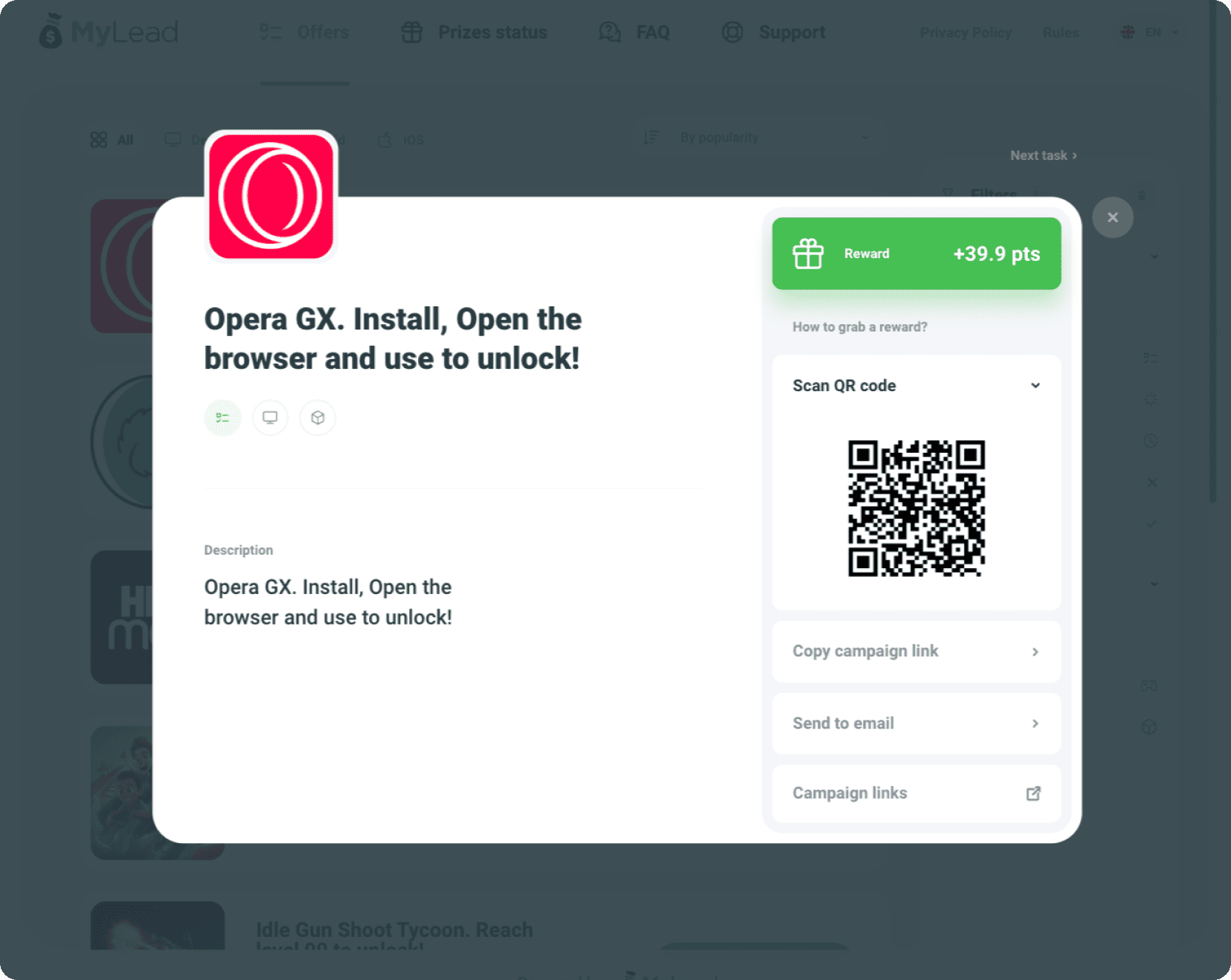
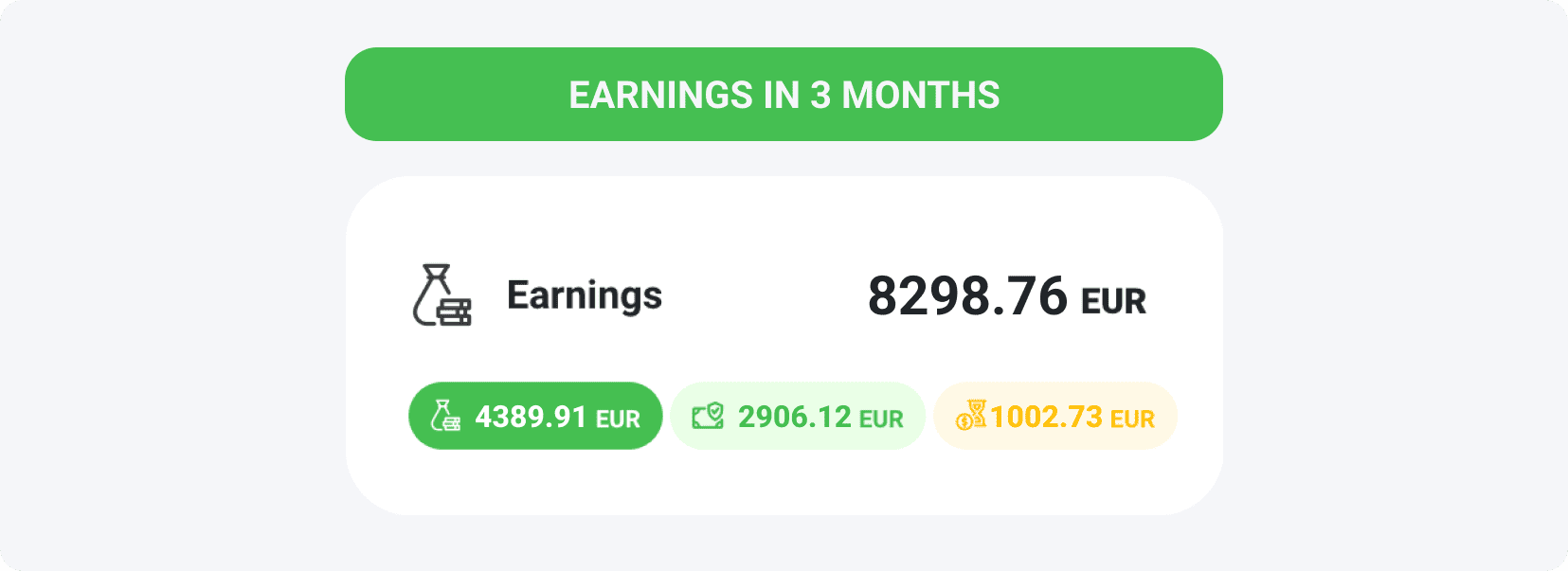

People Also Read
- Earn Big with AdsPower: Create Tutorials and Win Up to $400!
- The Power of Popunder Ads: When and Why to Use Them in Campaigns
- How to Use Proxies for Web Scraping Without Getting Blocked
- AdsPower Enhances Security with Bug Bounty Program and New BugRap Partnership
- Super Easy-to-Use Residential Proxy Sharing: Quick Start with Cherry Proxy



